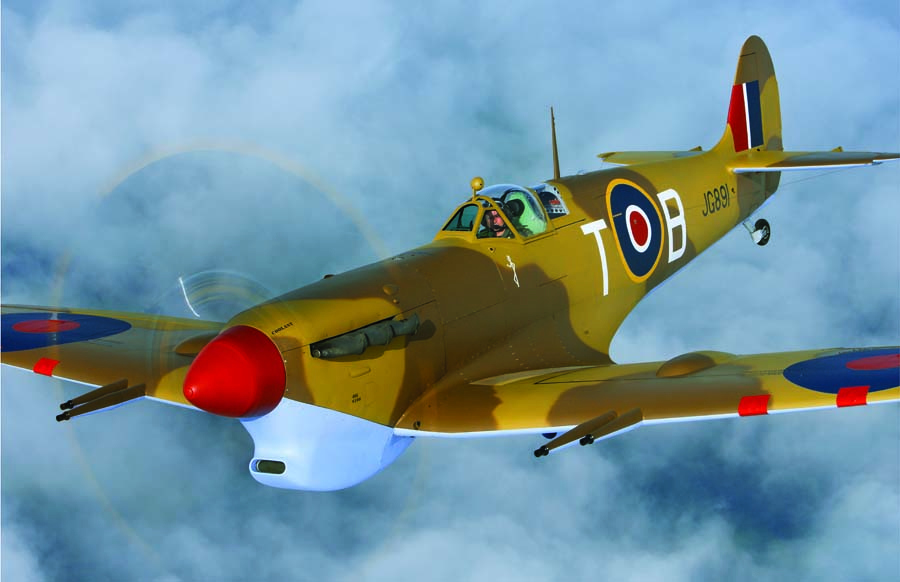Back
No tailHook? no way! – Out-of-fuel Spitfire and a Carrier: No options

As the Supermarine Spitfire Mk Vc approached the stern of the aircraft carrier USS Wasp (CV-7), Pilot Officer Jerry Smith, RCAF, knew he was quickly running out of options. His first approach had been high and much too fast, and the 21-year-old fighter pilot knew that unless he was able to land safely on this approach, he would either have to bail or ditch his fighter into the Mediterranean Sea. He was low on options...
PARDON THE INTERRUPTION
Purchase Options
membership

All the stories featured in Flight Journal are as unique and varied as the airplanes and warriors who flew them. From popular warbirds like the P-51 Mustang and Me 109 to the Lockheed SR-71 and futuristic hypersonic fighters, we cover the whole spectrum of aviation. We’ve heard from countless readers over the years about how much they enjoy the compelling stories and beautiful photography.
